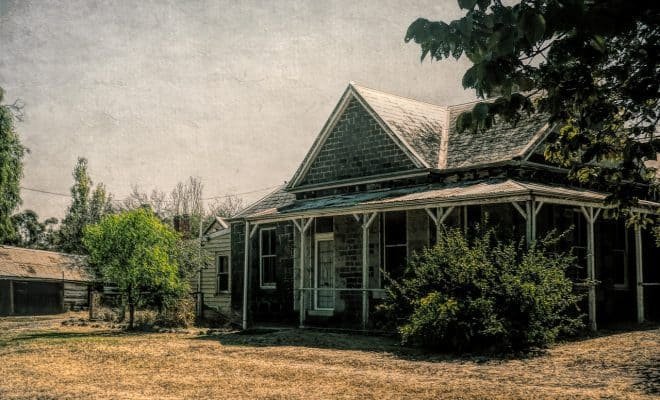How Does Social Status Effect The Solvability Of Cold Case Homicides?

According to a report released by the National Institute of Justice, 5,000 surveys were mailed to police and sheriff’s departments to determine organizational characteristics associated with cold case solvability. Of those 5,000 surveys, 1,051 were completed, giving them a response rate of about 20%. Based on those responses they were able to produce findings on current cold case practice in law enforcement agencies. The responses gave insight into some factors that will determine whether a case will be reopened or not. A few of these factors are: funding, family pressure, the passage of time since the crime occurred, characteristics of the victim and crime, and progress made during the initial investigation. Funding seems to be the key factor in determining whether to open a case, with about only 20% of cold case investigative work being ‘in the budget’, and the other 80% coming from grants, donations, and other supplemental funding.
It is also important to note the type of victim characteristics that are scrutinized when making a decision on reopening a case, some of these are: the age/gender of the victim, whether the victim had a problem with substance abuse, where the victim was from, and the location of the body when it was discovered. Typically, cold cases involving a victim with a substance abuse issue are not a high priority when reopening cases. This tells us that social status does directly influence whether a case will be reopened or solved. If social status did not directly influence the decision of whether to reopen a case, we would see less high profile cases become cold, and justice for the victim would be served more quickly.
There is one high profile cold case that has held the nation’s attention for twenty years, sparking many debates over whodunit, and it reflects how social status impacts a murder investigation. Throughout the article, I will rely on information about the case that I gathered from an article published in Crime Magazine and an NBC news article to draw my conclusions.
JonBenet Ramsey was only 6 years old when she was murdered in her home. On the morning of December 26th, 1996, JonBenet’s mother woke to find a ransom letter from her daughter’s supposed kidnappers. The police were called, along with many family friends. Before the Ramsey home could be processed as a crime scene, there were people roaming freely through the property and potentially contaminating evidence. Friends were helping JonBenet’s mother clean, while others were searching the house for the missing child. A mere 7 hours after reporting his daughter missing, JonBenet’s father found her small body in a wine cellar attached to the family’s basement, after he and a friend were sent by police to search the house again. She was wrapped in a light colored blanket, with her hands bound, and duct tape over her mouth. Before alerting police, her father removed the cords binding her hands, removed the duct tape from her mouth, and moved the body.
Further investigation showed that she had endured blunt force trauma to the head, and was then strangled with a garrote. Her autopsy concluded that asphyxiation was the cause of death and that the head trauma occurred close to the time of death. There was also sufficient evidence to conclude that she had injuries to her genitalia that were consistent with sexual assault. It was unclear whether the sexual assault occurred before or after her death from the information I was able to obtain. The three main theories surrounding the case were that either JonBenet’s mother had killed her in a rage spurred by bedwetting and then attempted to stage it as a kidnapping gone wrong, her brother Burke had killed her and their parents helped cover it up, or that an intruder had entered the house and murdered the child. While JonBenet’s parents were suspects in her murder at one point, they were never charged. For the most part, were allowed to call the shots in the investigation; such as allowing friends to enter and potentially contaminate the crime scene, and initially refusing to be interviewed separately.
At the time of JonBenet’s death, her father’s net worth was approximately $6.4 million, and he has stated that the cost of the investigation and his daughter’s death had cost him his entire family fortune. If social status was not a factor in the solvability of a cold case homicide, the work being done on JonBenet’s case would not have slowed when the money ran out and her family was sheltered by an umbrella of negative notoriety. If social status had not been a factor, the home would have been treated as a crime scene before the body was discovered, and the evidence against her parents would have been damning. Without the family’s money and status within their community acting as an influencer, they would have been indicted for the murder themselves. A grand jury indicted both John and Patsy Ramsey for their daughter’s death, but the DA declared that there wasn’t sufficient evidence and rejected the indictments against them.
The opposing view would have us believe that social status plays little to no role in determining whether a cold case will be reopened or solved. This is the belief that the justice system never fails, and that every case is handled with equality and fairness. It is the idea that some individuals are more worthy of receiving justice than others. This belief means that it is likely the murder of a wealthy member of the social elite will be solved before that of a college dropout who is struggling with substance abuse or mental illness. Sometimes, it is even the belief that justice can be bought.
If social status was not a factor in deciding whether a cold case should be pursued, we would see less high profile cases left unresolved. There needs to be increased funding for cold case teams so that investigations no longer have to rely on funding from outside sources. We need to educate society to understand that an individual is not less than human based on a lower social status. It is our duty to investigate every lead exhaustively in order to ensure that justice is served for innocent victims like JonBenet. It is not acceptable that we quit when the money runs out, or the media loses interest; or that we turn a blind eye because the prime suspect is a pillar of the community. It lays on our shoulders to seek justice and to advocate for victims who no longer have a voice of their own, and we cannot allow something as petty as social status to stand in our way.









